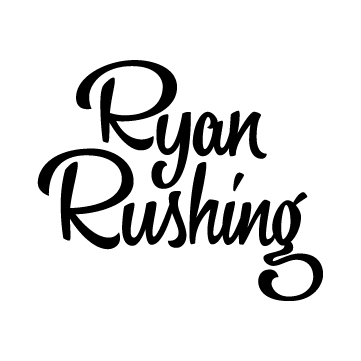Your cart is currently empty!
Branding an Arts Non-Profit and Building Their CMS
Sunset Art Studios is an arts non-profit in Dallas, TX focused on social practice.
They provide free studio space to artists who identify as a part of marginalized groups and offer free community arts programming to reduce geographic and social barriers of seeing and engaging with art.
The components of Sunset’s brand needed to feel approachable, friendly, and natural in the surrounding community, and I saw an opportunity to consider the brand in the design of the CMS.
Branding
Before we get to the CMS, let’s go over some of the elements of the branding.
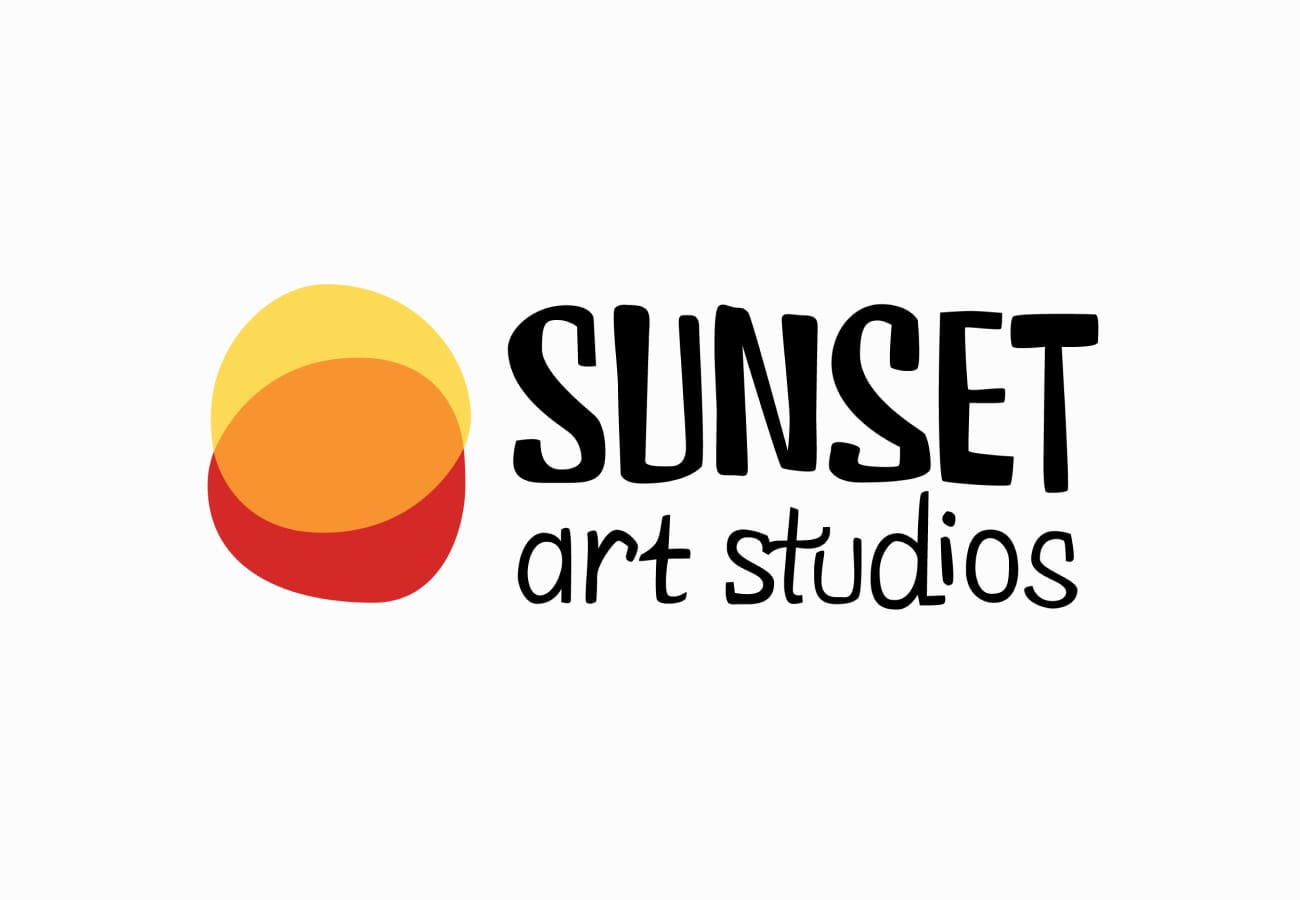
The logo is a stylized sunset and paint blending together, while the custom letterforms are based on the hand-painted signs in the area. The goal was to blend Sunset seamlessly with the people that have been in the neighborhood for decades, so emulating a hand-painted style was appropriate.
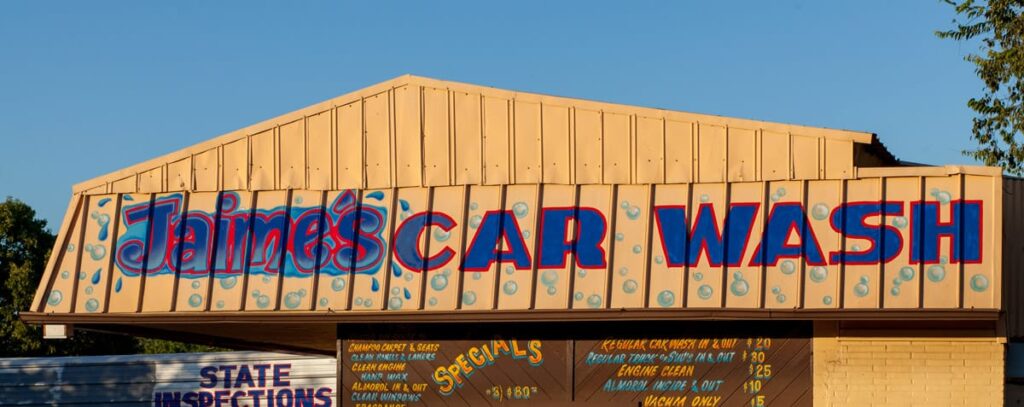
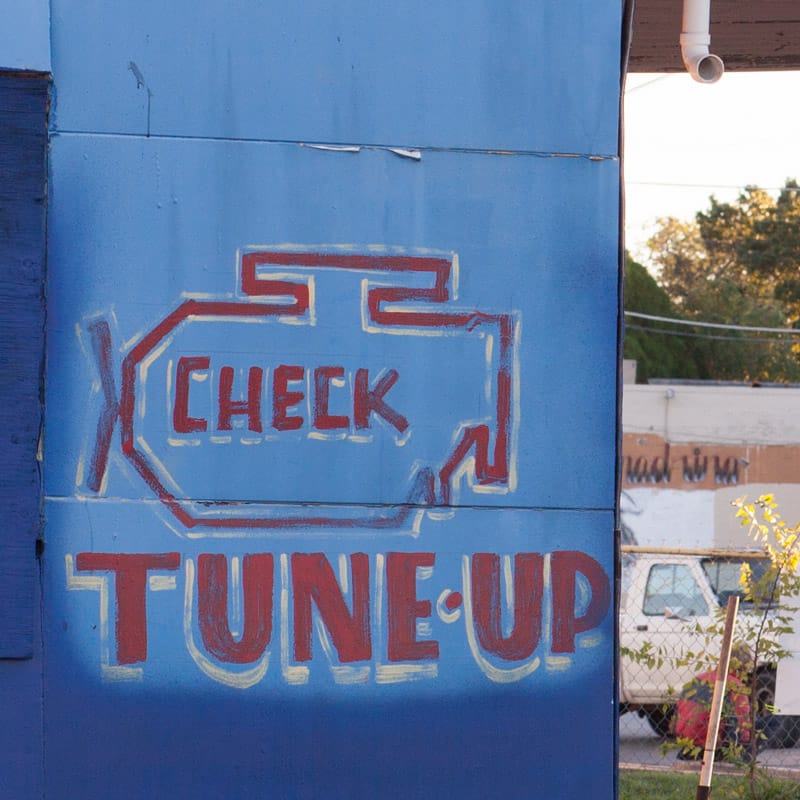
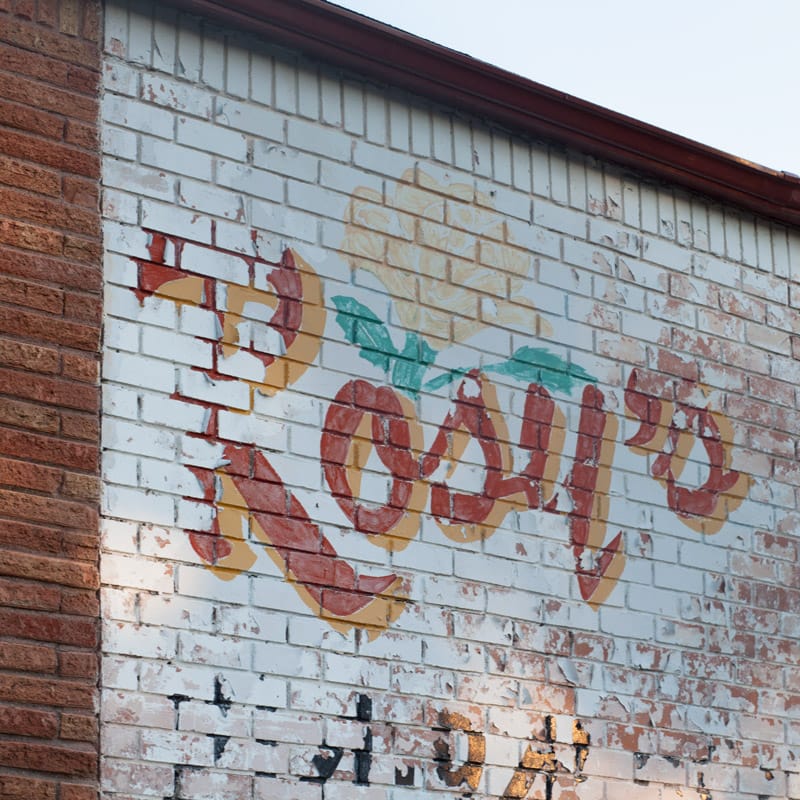
Supplementary logos
We also worked together to create specific branding elements for special programming that Sunset hosted.

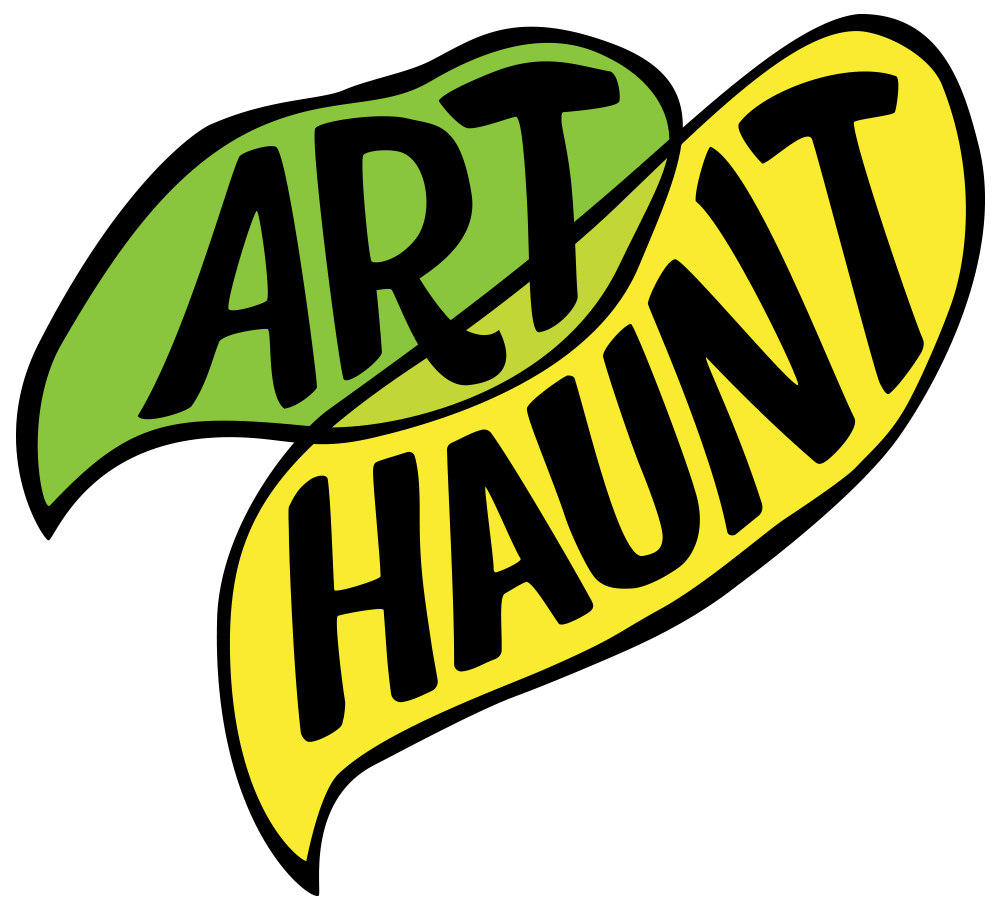
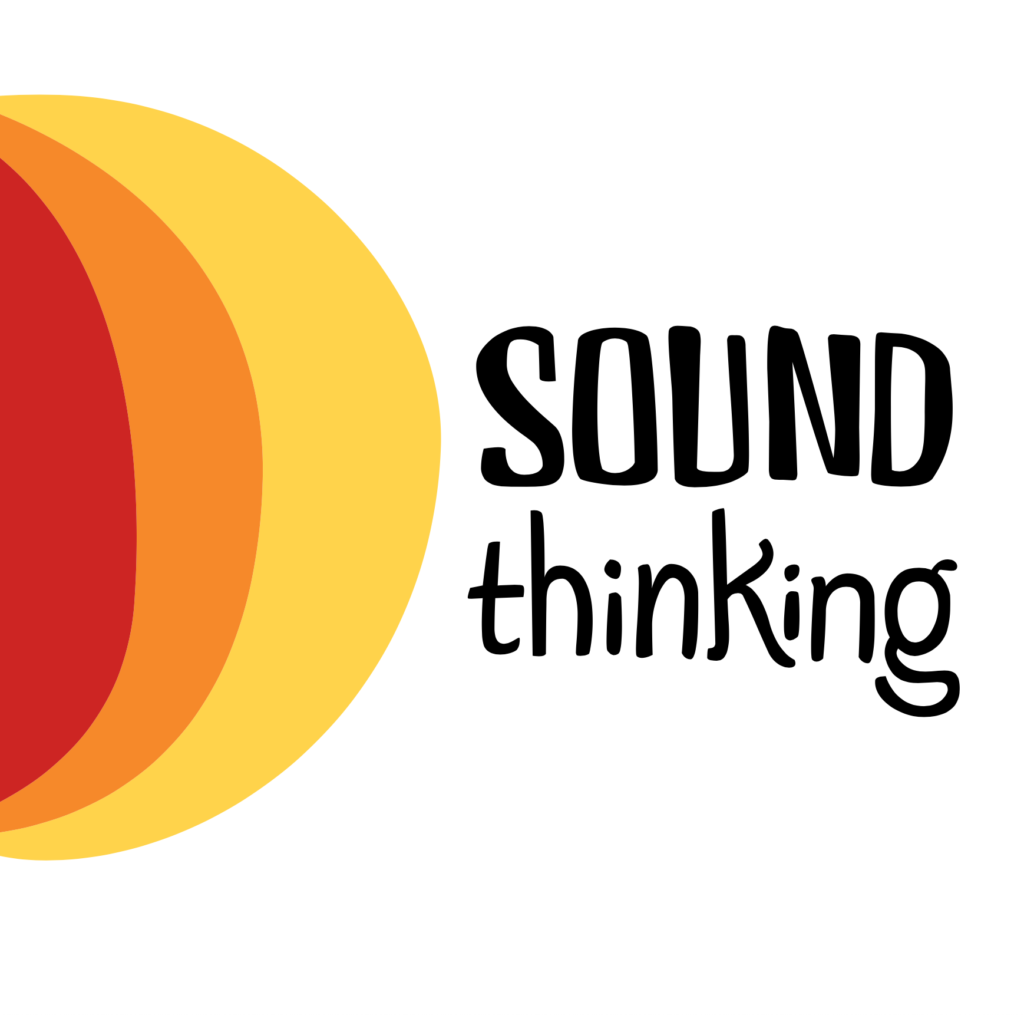
Printed Stuff
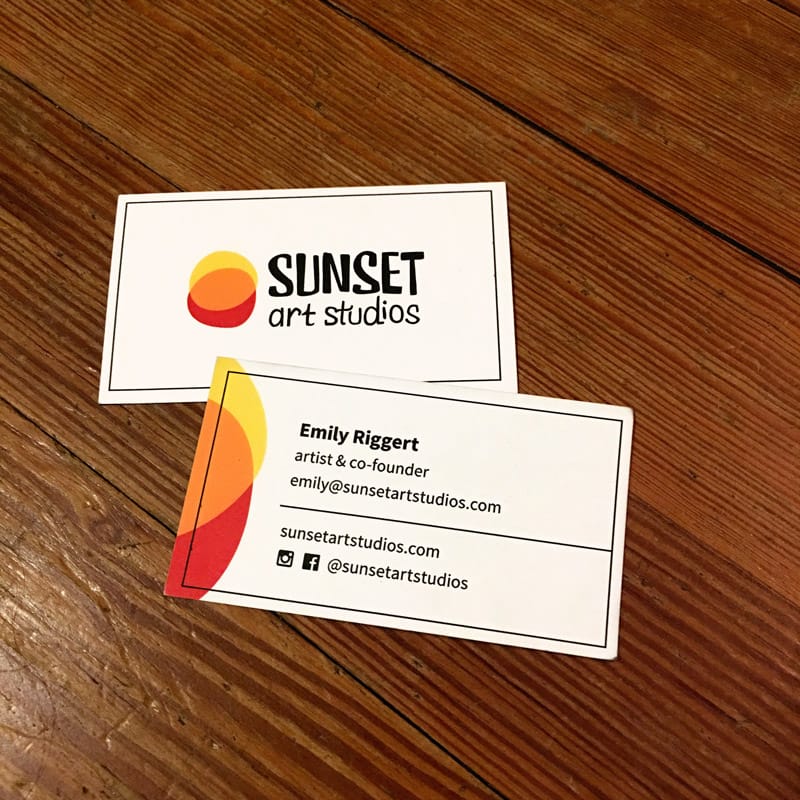

Website (Front-end)
Rather than a digital version of a pristine art gallery, I wanted Sunset’s website to feel a little inelegant to lower the barrier of entry for the surrounding community.
In practice, that meant:
- Showing the faces of the artists
- Showing candid photos of people in the gallery
- Using bright, saturated colors
- Using large, easy to click buttons
- Using large typography
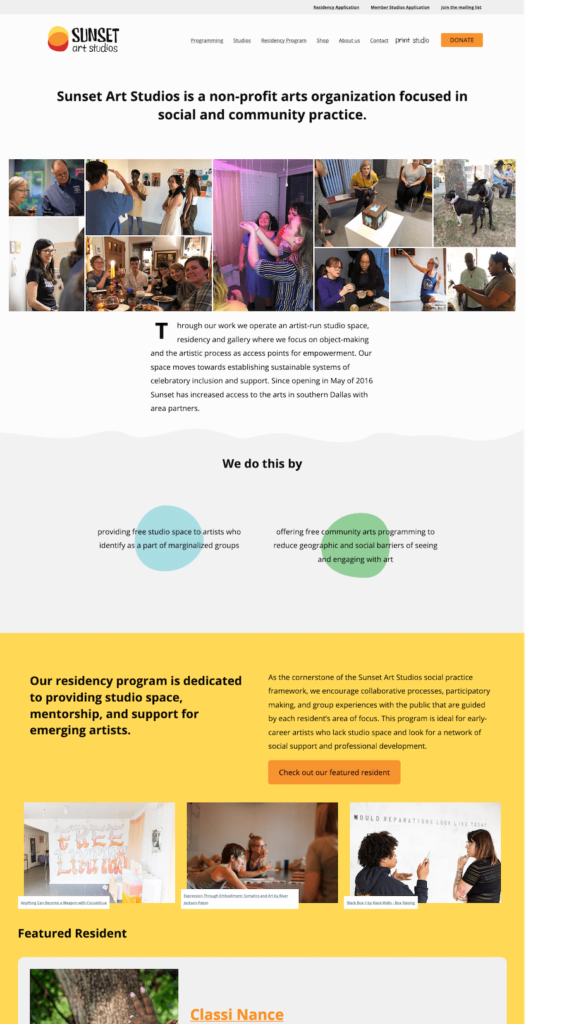
That’s how we can make any almost any website feel friendlier, and for Sunset specifically, the mission needed to shine through.
So we created a few rules:
- When we use art from an artist somewhere on the website, we attribute their work to them and link to their profile.
- No master list of “Sunset artists” or “the art” because they fall into so many categories. This was one of the most challenging aspects of the CMS.
- All of Sunset is social practice.
That last one was a doozy to wrap my brain around, but here’s how one of the co-directors explained it:
Sunset isn’t just a collection of artists making art for scheduled exhibitions. Sunset is – in itself – an expression of social practice. That means that everything Sunset does is part of its “portfolio,” even the act of finding artists – in – residence or repainting the walls after an exhibition.
Designing the CMS
Challenges
“Everything is social practice” is a great artist statement, but practically speaking, it’s challenging to bring abstract concepts to life on the web.
Sunset had many things that happened:
- residency receptions
- gallery exhibitions for studio members
- community events at other locations
- policy discussions on art in the city
- fundraisers
- critique nights
- residency collaborations with other artists
For a while I was tempted to have separate pages for the larger buckets of events (exhibitions, openings, fundraisers, etc.), but the more I discussed it with Sunset, the more it became clear that these were not separate in their mind. It was all social practice. So I needed to figure out a way around that.
To start, I grouped the “art” and “artist” content into two categories
- things that happen (which became “programming”)
- and who (or what) does them
“Things that happen” was an easier descriptor than simply “exhibitions” or “events,” and “who/what does them” was easier than “artists/non-artists.”
For example: there might be a Pick-Up Litter day that includes group meditation then a show-and-tell of the objects you found that day. And the nature walk might be led by a friend of the artist-in-residence, while the artist themself is taking part in the nature walk. Now we’re not necessarily talking about an artist and their exhibition.
Mind-map/wireframe/outline
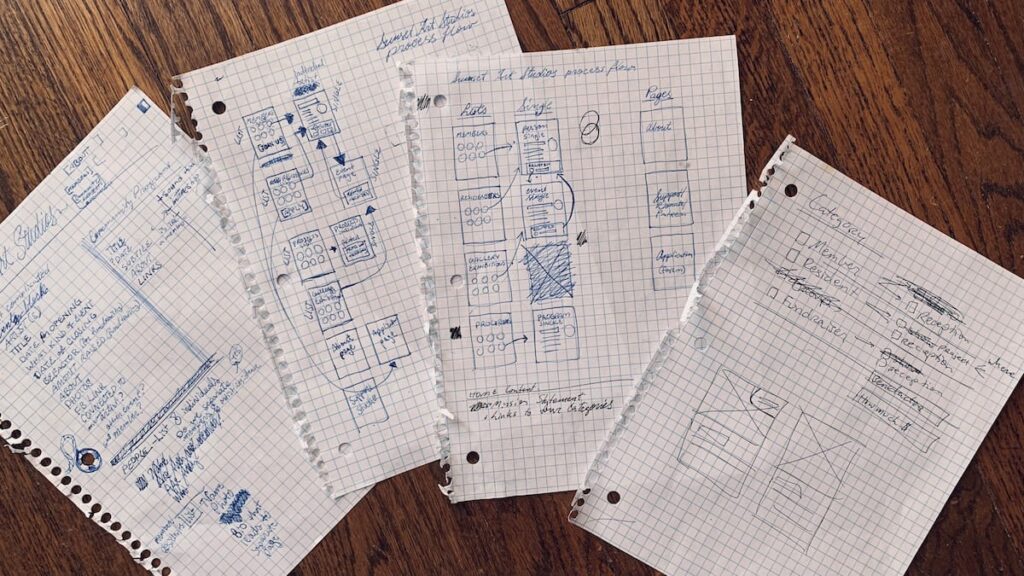
Here’s an example of how the CMS is currently mapped out.
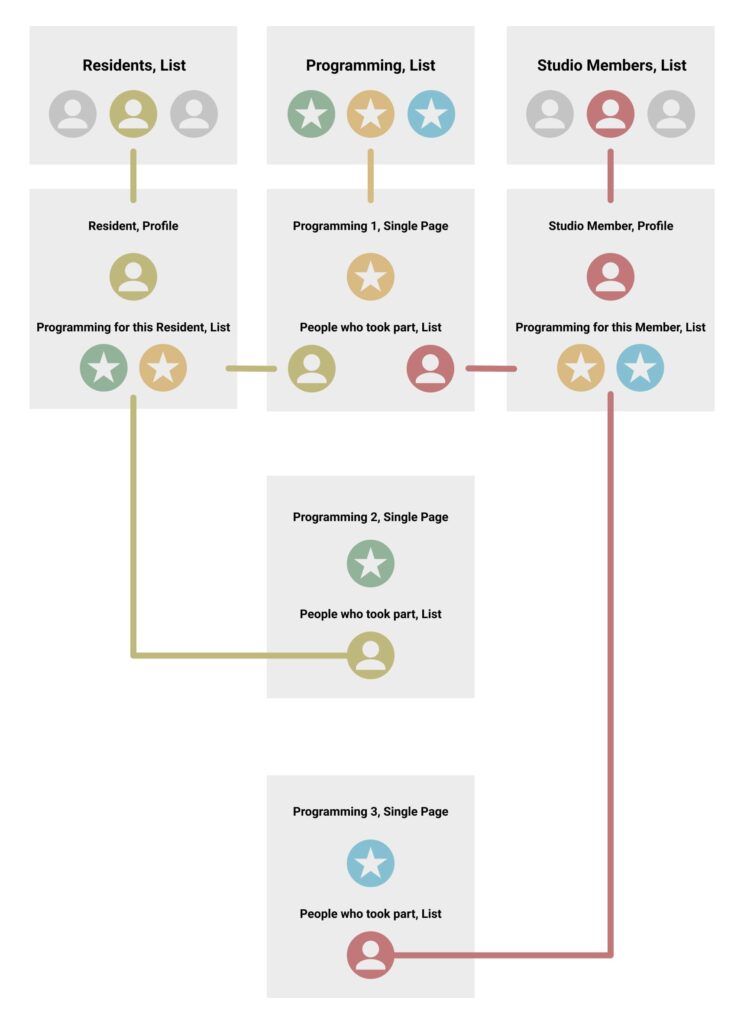
In this example there are two artists (one a resident and the other a studio member), and three programs scheduled. For the first program, both artists are involved, for the second and third only one of each is involved. Of course, it gets more complex the more you add.
Building it out
I’m a huge fan of the Kirby CMS, and I used it for Sunset’s website. Here’s how those diagrams work out in practice for the list of artists-in-residence.
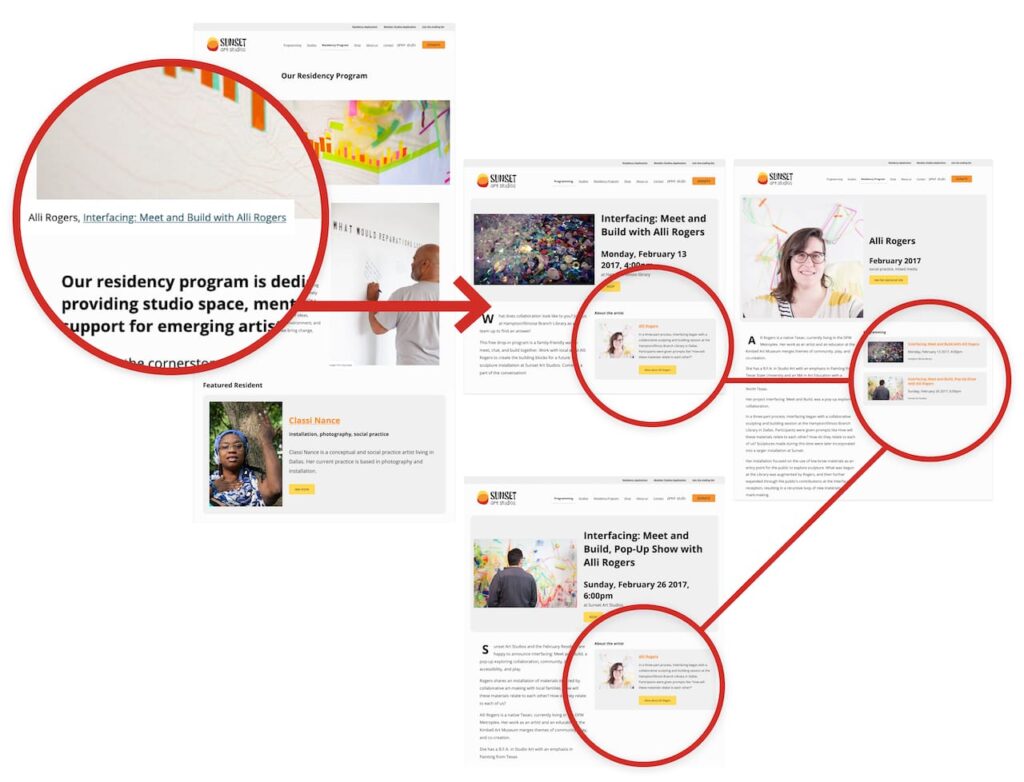
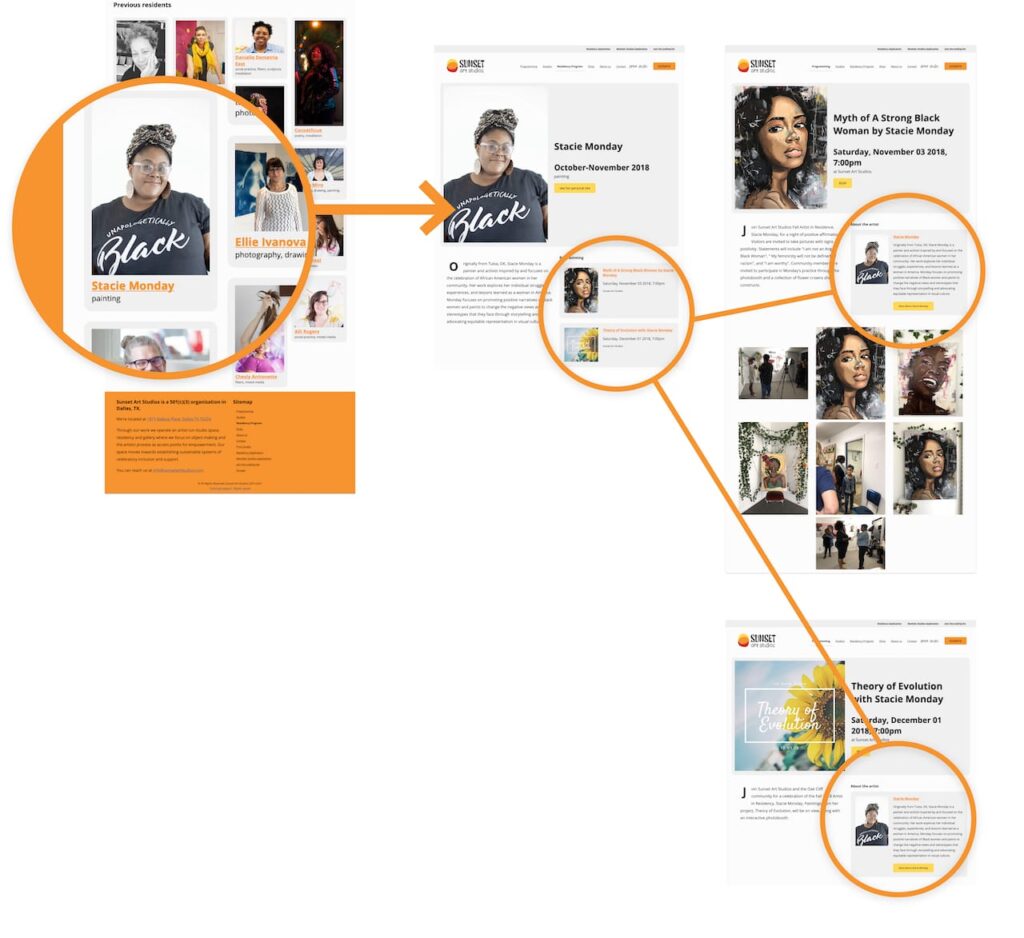
Please browse through the site more at SunsetArtStudios.com
A true expression of the brand
Much of the time “branding” starts with a logo and stops with colors, and if you’re lucky, you might work toward a component library.
In this project, I had the full trust of Sunset Art Studios to deliver a brand that not only considered the logo and the typography, but I also wanted the information architecture and CMS to radiate the mission.
